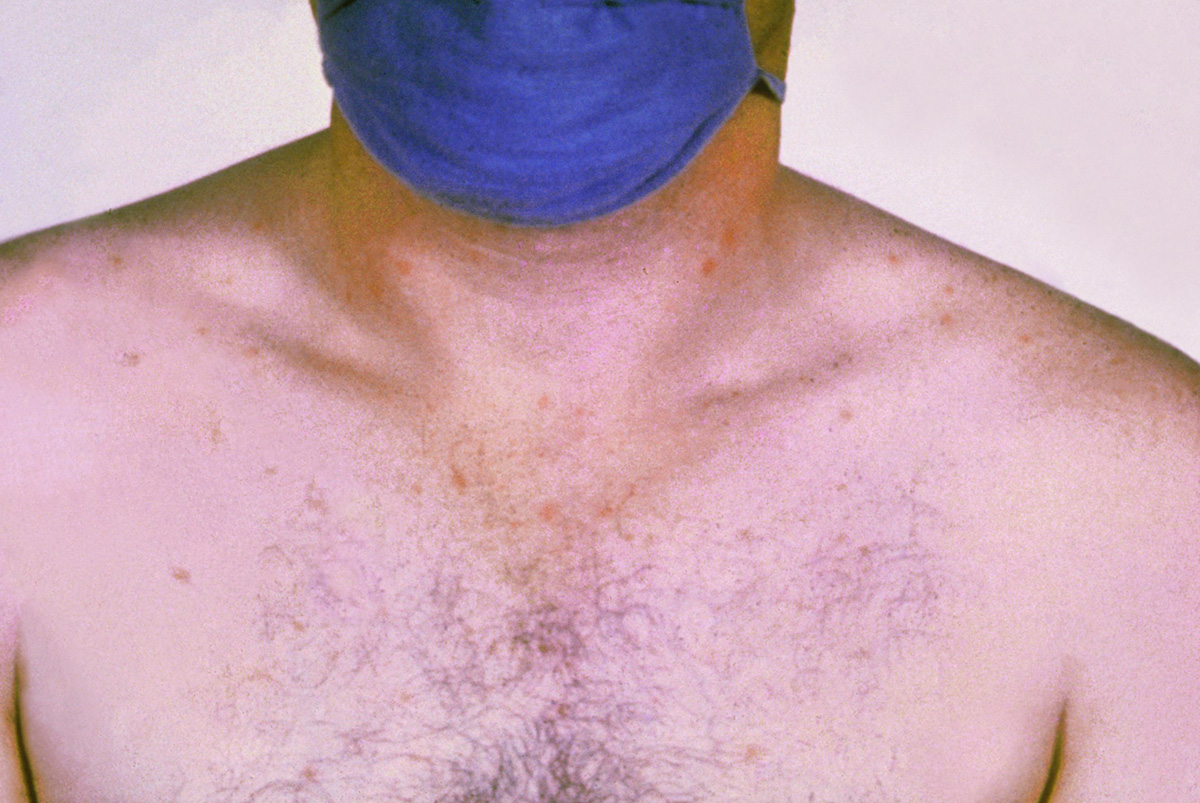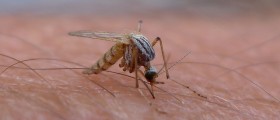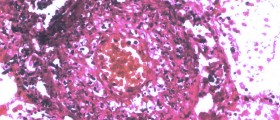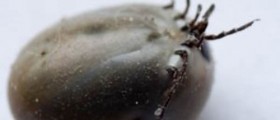
Typhus and the main characteristics
Typhus exanthematicus is a severe acute infective disease caused by Rickettsia prowazekii. This condition’s symptoms are high temperature, typhus state and petechial rash. Rickettsia are found in pediculus capitis (human crawler), and these are the only able to transfer this illness. Pediculus actually feeds on the blood and via that blood, typhus is spread. Period of incubation lasts for 10 to 14 days. Beginning of the disease is marked with headache, nausea, exhaustion, high fever is present, and face redness is obvious (caput rubrum). Sometimes, a patient is aggressive and sometimes he can even be in delirium. Heart rate is increased, followed by tachycardia and tachypnea. Tachycardia is fast heart blood pumping, while tachypnea is fast breathing.
Typhus state is the next stage in which all the symptoms are becoming even worse, rash emerges, and it will be present through several phases. Patient is in trance, shows aggression, wanting to escape. Liver and spleen are bigger than normal, while rash is visible on hands and torso and never on the face, palms and feet. This is the major symptom of typhus exanthematicus. Treatment is done with chloral phenicol and tetracycline, which directly attack Rickettsia and decrease their effectiveness. Other medications used are analgesics and antipsychotic.
Types of typhus
Rickettsiosis Murina is also an acute infective disease, which is transferred from rodent to human via crawlers and insects. Its signs and symptoms tell us that it is a lighter form of typhus. This type of condition is called zoonosis, because it is transferred by animals. Rush is present on the face, palms and feet and it is treated the same way as typhus exanthematicus.
Another type of Rickettsiosis typhus is called R. Marseliensis, characterized by the transfer to humans via barnacle. At the spot of the barnacle sting, crust appears and this condition happens often in summer and spring, when people generally get more in contact with animals and grass. Lymphatic nodes are increased, rush appears on all parts of the body.
Q fever is acute condition, but the cause here is different. Its name is Coxiella burnetii, transferred from the cattle. It is commonly related to professions related to cattle. Q fever is a bit different because there is no rash, but signs of non-typical pneumonia are present. This type of pneumonia does not have typical pneumonia symptoms, but, signs like increased body temperature and heart complications might be induced. Antibiotics are used to deal with this type of typhus and prognosis is positive.

















Your thoughts on this
Loading...